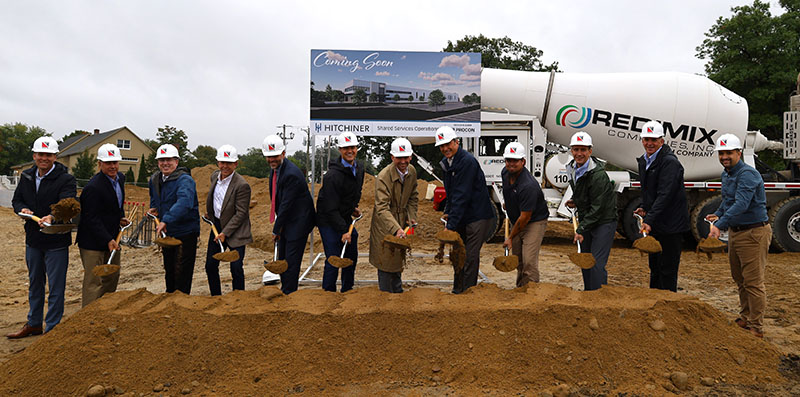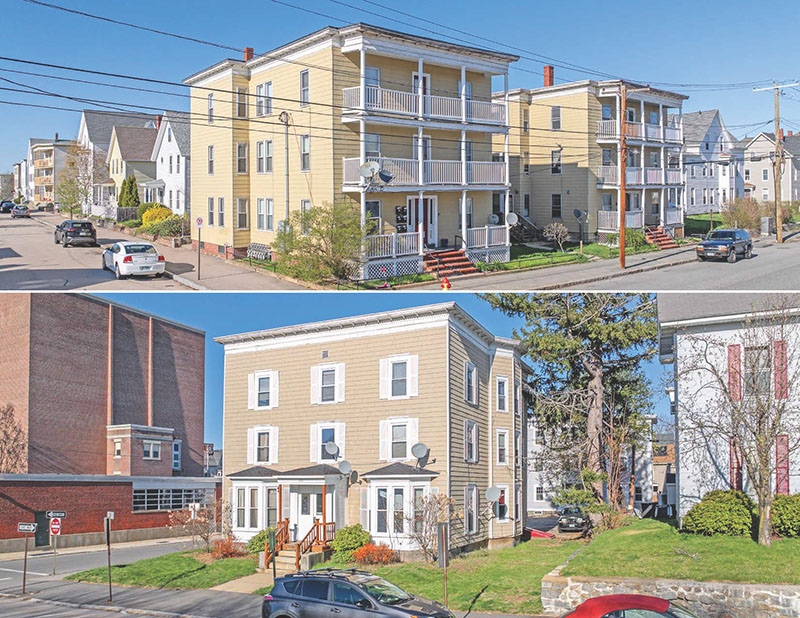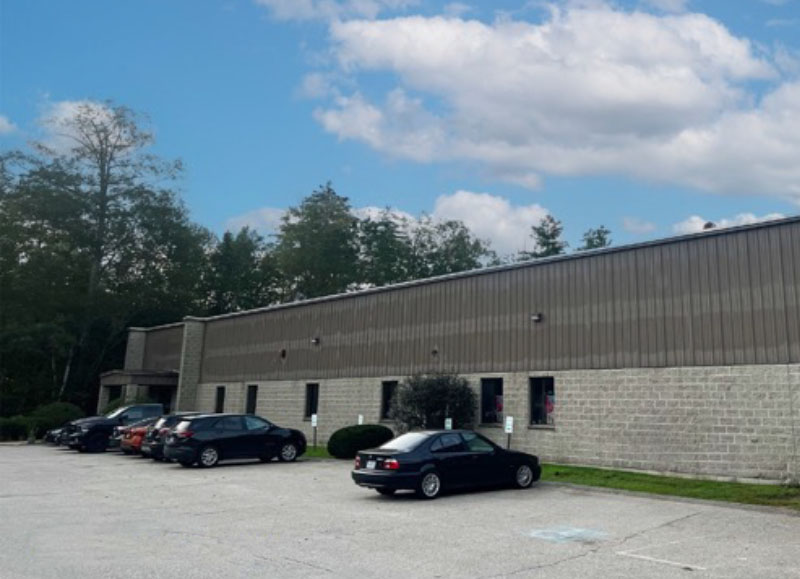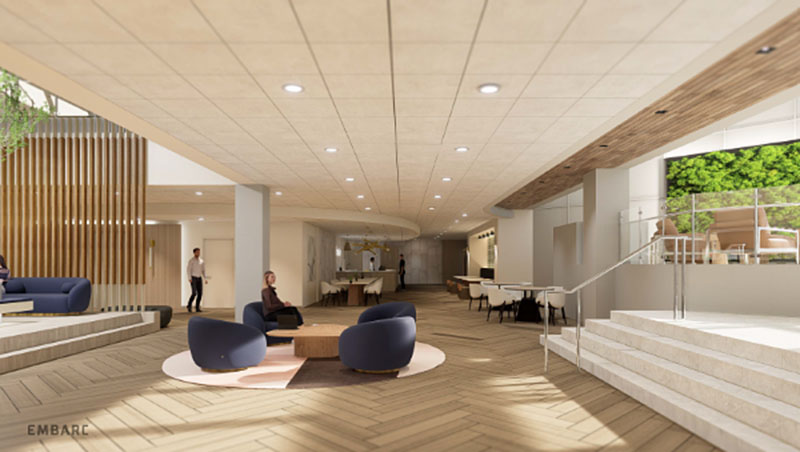Residential is here to untie the office space doom loop - by Thomas House

The glut of unused (and to the owners, undervalued) office space because of the advent of work from home is in the process of becoming homes themselves.
Though this is an officially supported trend in Boston and other northeast locations, the conversion of underutilized office space into residential units is a nationwide trend.
The doom loop is office space with a vacancy rate of 20% now prices out with discounts as high as 90% discount because there is - or was - no market.
[Boston, according to CBRE, had a Q1 2024 vacancy rate of 16.6%, about double the pre-pandemic rate of 7.5%.]
The devil in the details
It must be noted that not all commercial properties are thus affected. Trophy-class office space is still 80% of office leasing activity in Boston.
Class B and class C structures, built before 1995, are those that are staring into the abyss.
And there is huge incentive: according to the The Washington Post, there is a huge amount of commercial real estate financing due by the end of next year, much of which will need refinancing. That is easier to accomplish if your units are occupied.
The CBRE report identifies B/C inventory as having jumped 350 basis points in Boston alone.
The thermodynamics of urban life
The dearth of street level activity radiates little energy, affecting all the small businesses that cropped up to provide services to those who worked therein - coffee shops, bistros, boutiques, pubs, and countless more.
Though the spaces classified as B and C are struggling for office tenants, these are sometimes in areas more walkable and bike-friendly, thus more amenable to residential conversion - and the revitalization prospects this population will bring to nearby storefronts.
And these properties are not only in Boston - the Gateway Cities initiative is actively identifying similar conditions in the small cities throughout the Commonwealth.
What could happen at this rate
The yang to this yin will be two offsetting rates.
The first is the rate at which champions of increased availability of homes within cities limits - looking at you mayor Michelle Wu - are jumping on this as a way to implement a prized housing policy and alleviate a severe housing shortage at any scale of affordability.
The second is the now-overdue cut by the Fed in the interest rate, with the recent downward revision of the past year’s job numbers exposing the Fed’s sluggishness.
On the table from policymakers are various combinations of sweeteners to encourage developers to jump in, including government-guaranteed financing, direct cash bounties, and property tax breaks.
In June, Mass. governor Maura Healey put $15 million of muscle into Boston’s effort, and for projects classified as ‘affordable housing’ mayor Wu has proffered $215,000 per unit, capped at $4 million per project.
For buildings and neighborhoods where conversion is possible, this will stave off impending devaluation and blight (we did say ‘abyss’ earlier) and revitalization will become an all day every day reality, not just the previous nine-to-five proposition.
There has been less friction to the north. This is old news in Manchester, N.H., which has been about this business for several years. In Portland, ME. though the numbers tip the scale, it doesn’t register as news, as there is not a forest of glossy glass towers to be converted and a residence-ready downtown. The properties are far more amenable to organic response to market realities.
The poster child
Cleveland is nothing if not proof-of-concept. No longer the mistake by the lake, since 2016 the city has converted five office towers into residences, and the central transit hub as become a combination park and public square surrounded with new restaurants and services open seven days a week, well into the evening.
To accomplish this, the city of Cleveland focused on a compact area. The home of the 2016 Republican National Convention, the city rushed to complete the park in time to present a scrubbed face to the world. The rest followed later, out of the spotlight.
Here in New England, in Boston particularly, this effort is now on center stage.
The spotlight is on.
Thomas House, AIA, is principal of THA Architects, LLC, Stratham, N.H.
Links:
City of Boston | Planning Department Office to Residential Conversion Program Appication, Newsletter signup
http://www.bostonplans.org/projects/office-to-residential-conversion-program
CBRE report Q1 2012
https://mktgdocs.cbre.com/2299/bca77bfa-76ce-4d16-b307-1953d842eb02-1012702464/v032024/Boston%20Office%20Figures%20Q1%202023%20FInal%20PDF%20-%2004.09.24.pdf
Finally, someone wants to buy your old office
The Washington Post (gift link bypasses paywall) https://wapo.st/4dKcBRg
Healey puts $15 million behind Boston’s office-to-housing push
WBUR
https://www.wbur.org/news/2024/06/25/office-housing-conversion-boston-healey-funding
America’s best example of turning around a dying downtown
The Washington Post (gift link bypasses paywall) https://wapo.st/4g6lRRM







.png)
